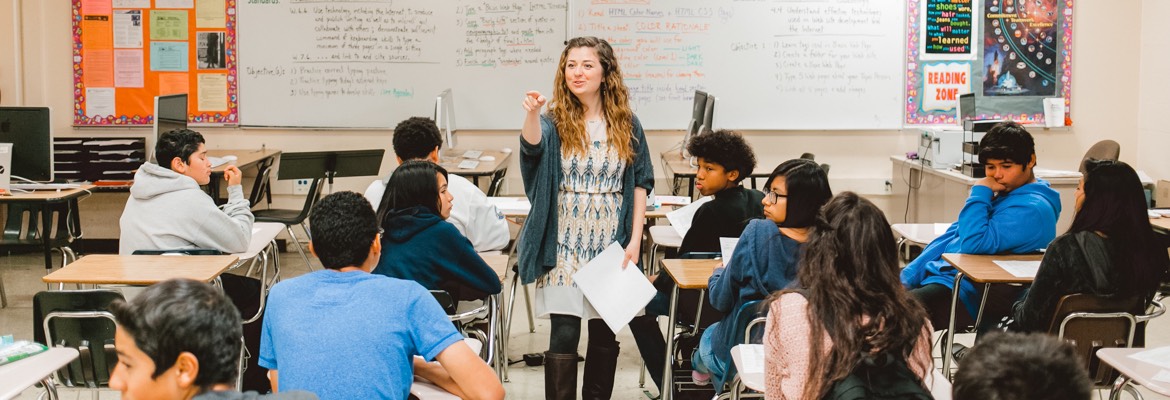
To commemorate 100s Day, count to 100 and divide it by 10's. You can also build a tower or donate food. Or, write a poem to your teacher. There are many other ways to celebrate this day, such as by writing 100 compliments for students or teachers. Also, you can write 100 additions pairs, find words on tags and donate items.
Count to 100 by 10's
It's a great way to teach your kids about place value by counting to 100 by tens. Use a 100s chart to guide you through this activity. Students can add a spot for each number every day and can then discuss the pattern. Counting to 100 by tens also introduces the concept of grouping numbers by number.
A hundred-graph diagram is another way to teach students counting to 100. Students navigate the chart to fill the missing numbers. This helps with number sequencing as well as counting skills. Students can do this activity alone or together.

Construct a tower
To celebrate 100s day, have your students build a tower. For each team, you will need a bin of construction materials along with a taskcard. They are to construct the tower's base and add legs. They will then need to create a central platform for the base. To complete the tower, the legs of the two other teams must be added.
When it comes to STEM challenges, kids can learn a lot by building towers. Simple stacking two blocks is one of the easiest types of towers. As they grow older, they will be able build towers of ten or more blocks. They can also use specialty blocks like Duplos or Legos to build taller towers.
Create a cookbook
If you have the skills and desire to make a cookbook, you can do so using a variety of resources. These tools are available online. Many of these tools include a tutorial as well as a template. Another one allows you to upload a custom design for the cover. You can either choose from a selection of predetermined categories. Then, you can upload your recipes and create your cookbook.
If you have recipes from many different sources, you can create a cookbook that celebrates them. This type of cookbook can be designed to look as elegant or playful as the recipes themselves. You can make a template of your cookbook that you can edit to reflect your own style and taste. Once your book is complete, add photos and illustrations. You can include stories into the cookbook if you want.

Make a necklace
Making a necklace is a great way to celebrate 100 years of your child. This activity is not only a celebration of this milestone but can also be used to teach math and color recognition skills. Brightly colored beads are required as well as lacing materials. The 100-day necklace can be worn all day. You can also send it home.
Although these are time-consuming, you can create a necklace using either a 100 pattern block or 100 cup challenge. Brooke Brown's STEM For the 100s Day Challenge Pack is another option if you prefer an actual activity. It has several ideas for activities that require very little prep time, and it's free!
FAQ
Should I choose to specialize in a single subject or branch out into other areas?
Many students choose to specialize in one subject (e.g., English, History, Math) instead of branching into multiple subjects. But, you don't always have to specialize. If you're interested in becoming an internist or a surgeon, you have the option to choose either surgery or internal medicine. You can also become a general practice physician, with a focus in family medicine, neurology, psychiatry or gerontology. A business career could include sales, finance and marketing. You have the freedom to choose.
What is the purpose or education of schooling?
Education should provide students with skills that will help them find work. It is not just an academic pursuit but also a social activity where children learn from each other and gain confidence by participating in activities such as sports, music, and art. It is all about teaching students how to think critically, and how to create so they can be independent and self-reliant. What does it take to achieve high educational standards
Good educational standards are those which ensure that all pupils achieve their potential. They establish clear goals for teachers to work towards with their students. Good education standards allow schools to be flexible enough for changing needs. They must also be fair and equitable so that every child has the chance to succeed regardless of their background.
How do I select my major?
Students choose their majors based on their interests. Some students prefer to choose a subject they like because it's easier than other subjects. Others wish to pursue a career that is not available. Still, others choose a major because they hope to earn money during their studies. Whatever your reasons, you should consider what kind of job you might like after graduation.
There are many ways you can find out more about different areas of study. Talk to your family and friends about their experiences. You can check newspapers and magazines to see if any jobs are listed. Talk to your guidance counselor at school to learn more about possible careers. Visit Career Services in your local library. Get books on different topics at your local library. Use the Internet to search for websites related to specific careers.
What are the main types of early education?
There are many ways to describe early childhood education. Some of the most popular ones are:
-
Preschool - Children ages 2 to 5
-
PreKindergarten- Children from 4-6 years of age
-
Head Start/ Headstart - Children ages 0 to 3
-
Day Care/ Daycares for children 0-5
-
Child Care Centers: Children from 0-18
-
Family Child Care - Children ages 0 to 12
-
Homeschooling – Children from KG up to 16
How much does homeschooling cost?
There are no set fees for homeschooling. Some families charge between $0-$20 per lesson. Other families offer no-cost services.
Homeschooling takes dedication and commitment. Parents should be able to dedicate enough time to their children.
They also need to have access book, supplies, books, and other learning resources. Homeschoolers are often required to attend community events and participate in programs that complement their curriculum.
Parents must consider the costs associated with transportation, tutors, and extracurricular activities.
Homeschoolers also need to plan for field trips, vacations and special occasions.
Who can homeschool?
Anyone can homeschool. There aren't any requirements.
It is possible for parents to teach their children after they have finished high school. Many families decide to teach their grandchildren while they are still in high school.
Parents can teach their children even if they have not received formal education.
Parents can become certified teachers after completing certain requirements. These requirements may vary by state.
Some states require that all homeschooled students pass a test before they graduate. Others do not.
Parents who want to homeschool their children must register them with the local school district.
The process involves filling up paperwork and submitting the completed form to your school board.
After registering, parents will be able to enroll their child in either public or privately-funded schools.
A few states allow parents to homeschool without registering their children with the government.
If you live in one these states, your responsibility is to ensure that your children are compliant with the state's compulsory attendance laws.
Statistics
- “Children of homeowners are 116% more likely to graduate from college than children of renters of the same age, race, and income. (habitatbroward.org)
- And, within ten years of graduation, 44.1 percent of 1993 humanities graduates had written to public officials, compared to 30.1 percent of STEM majors. (bostonreview.net)
- They are also 25% more likely to graduate from high school and have higher math and reading scores, with fewer behavioral problems,” according to research at the University of Tennessee. (habitatbroward.org)
- Among STEM majors, that number is 83.5 percent. (bostonreview.net)
- In most developed countries, a high proportion of the population (up to 50%) now enters higher education at some time in their lives. (en.wikipedia.org)
External Links
How To
How do I apply for scholarships?
To apply for scholarship funding, first, make sure you qualify for it. You must meet certain criteria to be eligible for scholarships.
If you are economically poor, you might be eligible to receive a grant. A vocational training course can be eligible to qualify you for work-study programs. A grant is also available if your group includes a minority.
You can then apply for scholarships after you have made a decision about your eligibility.
Online, in person or over the telephone, it is possible to apply. The process of applying varies according to the scholarship.
Some scholarships require essays that describe you and explain why you desire the money. Others ask questions like, "Why did you choose this major?"
Most scholarships require you to fill out an application form and send supporting materials.
Your scholarship provider will review the information you provide. If you are selected, you will be notified via email or mail.
Even if your application is not accepted, you may still be eligible to receive a scholarship. Contact your scholarship provider for details.